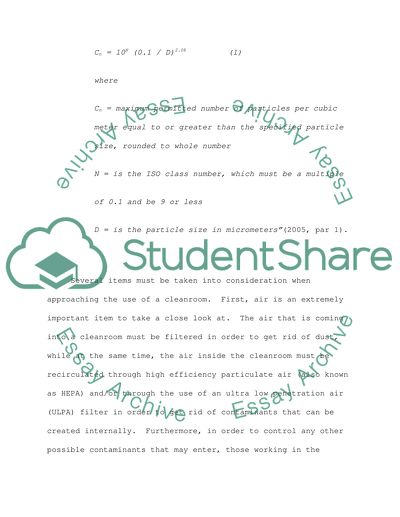Cite this document
(Definition Of A Cleanroom Math Problem Example | Topics and Well Written Essays - 1750 words, n.d.)
Definition Of A Cleanroom Math Problem Example | Topics and Well Written Essays - 1750 words. https://studentshare.org/science/1528073-iso-14644-for-an-iap-clean-room-class-8-in-respect-of-05-um-particles
Definition Of A Cleanroom Math Problem Example | Topics and Well Written Essays - 1750 words. https://studentshare.org/science/1528073-iso-14644-for-an-iap-clean-room-class-8-in-respect-of-05-um-particles
(Definition Of A Cleanroom Math Problem Example | Topics and Well Written Essays - 1750 Words)
Definition Of A Cleanroom Math Problem Example | Topics and Well Written Essays - 1750 Words. https://studentshare.org/science/1528073-iso-14644-for-an-iap-clean-room-class-8-in-respect-of-05-um-particles.
Definition Of A Cleanroom Math Problem Example | Topics and Well Written Essays - 1750 Words. https://studentshare.org/science/1528073-iso-14644-for-an-iap-clean-room-class-8-in-respect-of-05-um-particles.
“Definition Of A Cleanroom Math Problem Example | Topics and Well Written Essays - 1750 Words”. https://studentshare.org/science/1528073-iso-14644-for-an-iap-clean-room-class-8-in-respect-of-05-um-particles.


